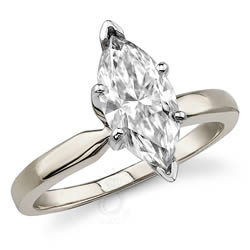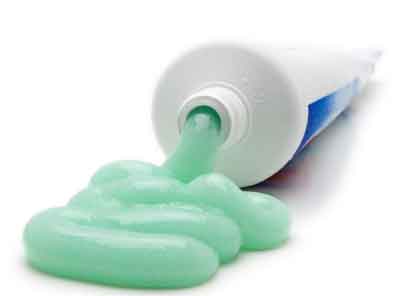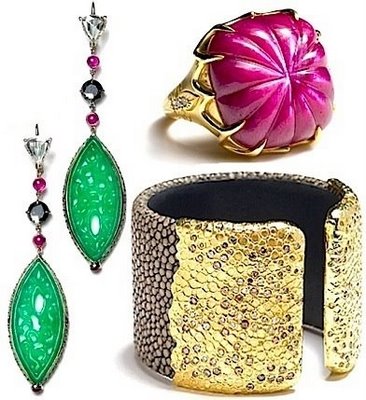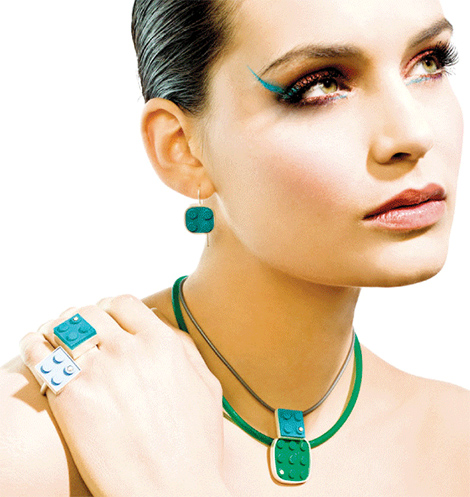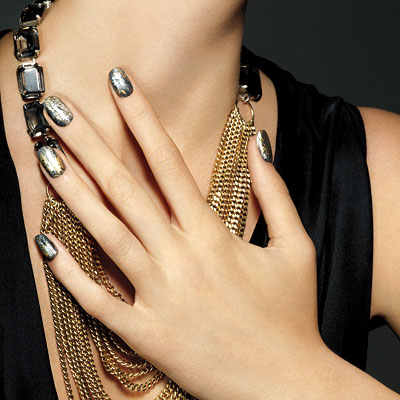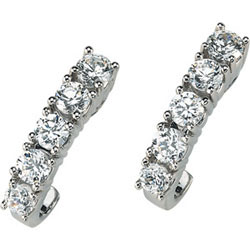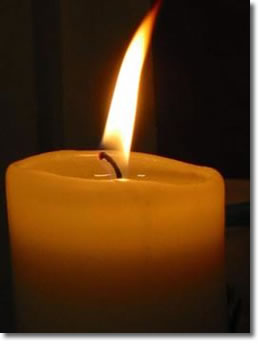Retail and Desire in the Jewelry Business
I stumbled across this article by columnist James Alperinover coffee this morning. Good points about the changing mindset of today’s customers:
When you consider the traditional products that older generations considered to be within the realm of luxury, it seems that the younger generation has set its sights in a whole new direction. The status symbols for Gen Y are not fine china, crystal and sterling silver flatware as much as they are the latest big-screen TV, computer or i-whatever.
Ask a young person, “What time is it?” and they will answer you by pulling out their cell phone, not by looking at their watch, an object that most of their peers consider an artifact. After all, a watch only tells time; today’s “cell phones” connect their owners to the world via the Internet.
Our industry is not just facing a crisis because of the global economic downturn. We are faced with a crisis of changing tastes and realities. We tend to think that the Internet has affected our industry only through changes in customers’ buying habits and their heightened abilities to become educated consumers. It is true that the days when a customer knew nothing about products they wished to purchase disappeared when “Google” became a household word. But it goes beyond that. Besides changing the way the world educates itself and shops, the digital age has actually changed what consumers want and turned what generations of Americans have perceived as luxury upside down.
Remember, we are engaged in a “want” business, not a “need” business. The younger generation has broken ties with the past, for better or worse. Nearly gone are the days when people visited their trusted family jeweler just as they visited their trusted family doctor. Even in medicine today, you no longer meet with a family physician who made house calls (remember those?) carrying a black medical bag. Now, you go to a large multi-doctor practice and proceed to sit in a waiting room.
There is, today, a lack of commitment in society, a fickleness that is all around us in our “throwaway” culture, and one that is reflected in what is happening within the jewelry industry. Today’s young people do not want the commitment of one expensive piece of jewelry. They prefer fashionable costume jewelry to accessorize the styles of the moment. When costume jewelry breaks or goes out of style, it is discarded, its ultimate destiny the same as the sweater that it was purchased to go with.
There is no insurance premium to pay, nothing to cover a potential loss. There is no sense of, “I have to wear this piece because it was so expensive to buy.” There is no sense of obligation, because, to the younger generation, it is frankly easier and often more fun to own and wear many pieces of costume jewelry than it is to cherish one expensive piece of fine jewelry. Fashion jewelry is an accessory, not an item of luxury, but it fills a niche in today’s world.
One area of the jewelry industry that has bucked this trend toward fashion jewelry and ever-shifting tastes has been bridal. An important diamond ring now possesses even greater significance than it did in our grandmothers’ time. The diamond engagement ring has become more a symbol of success and status than an item of pure luxury. So although young people today want to feel free to change their minds without guilt about what items of jewelry to wear, they very much wish to show their friends that they have been successful in their selection of mates, who are, as their rings make evident, also good providers.
Back in the 1970s, the Swiss watch industry found itself in deep trouble as the Japanese quartz movement watches swept through the watch world. The Swiss government had to come to the aid of an industry left behind as the upstarts from overseas took over the market.
The industry was in turmoil and it took a lot of work, but the Swiss began to catch up and today are viable quartz watch manufacturers. Even more interesting is the fact that self-winding, automatic watches are again becoming popular. This supports the idea that the pendulum of fashion does, in fact, swing back.
So when it seems that today’s youth have less interest in fine jewelry than their predecessors, consider this: Before too long, once again, consumers will look to jewelry as a desired luxury item, maybe to wear while talking on their new iPhone and watching their new big-screen TV.
To add to his points about engagement rings, we also see a trend toward engagement rings and wedding rings made of eco-friendly (and affordable) moissanite, like this beauty below:
Style 9438M
Classic Tiffany Style Marquise Shape Moissanite Solitaire
Classic tiffany style solitaire with a Charles and Colvard created marquise shape moissanite.
Available Center Stone Size: 1/2ct-1 3/4ct
Call for Platinum Pricing

